Home>Furniture>Bedroom Furniture>What Are The Dimensions Of A Full Bed Frame


Bedroom Furniture
What Are The Dimensions Of A Full Bed Frame
Modified: January 9, 2024
Discover the ideal dimensions of a full bed frame for your bedroom furniture. Find the perfect fit and enhance your sleeping space with our comprehensive guide.
(Many of the links in this article redirect to a specific reviewed product. Your purchase of these products through affiliate links helps to generate commission for Storables.com, at no extra cost. Learn more)
Introduction
Welcome to our comprehensive guide on the dimensions of a full bed frame. Are you in the market for a new full bed frame and wondering what size to choose? Understanding the dimensions of a full bed frame is essential for ensuring a comfortable and functional sleeping space. In this article, we will delve into the standard dimensions of a full bed frame, discuss factors to consider when making a choice, and address common questions and concerns regarding its dimensions.
Having a clear understanding of bed frame dimensions is crucial when it comes to selecting the right size for your bedroom. A full bed, also known as a double bed, is a popular choice for those who need more sleeping space than a twin bed but have limited room availability. Knowing the exact dimensions of a full bed frame will help you maximize your bedroom space while providing a cozy and practical sleeping area.
Whether you’re replacing an old bed frame or starting fresh with a new bedroom setup, understanding the dimensions of a full bed frame will ensure a proper fit. Join us as we dive into the world of full bed frames and explore the factors to consider when choosing the perfect size for your needs.
Key Takeaways:
- Understanding the dimensions of a full bed frame, which typically measure 54 inches in width and 75 inches in length, is crucial for creating a comfortable and functional sleeping space while optimizing bedroom space.
- When choosing a full bed frame, consider factors such as room size, sleeping patterns, body size, and future needs to ensure a proper fit and create a relaxing and enjoyable sleep environment.
Understanding Bed Frame Dimensions
Before we delve into the specific dimensions of a full bed frame, it’s essential to understand the different components that make up a bed frame and how they contribute to its overall size.
A bed frame typically consists of a headboard, footboard, side rails, and sometimes a center support beam or slats. These components come together to create a sturdy and supportive structure for your mattress and provide aesthetic appeal to your bedroom.
When it comes to bed frame dimensions, it’s important to consider both the external and internal measurements. The external dimensions refer to the overall size of the frame, including the width, length, and height. On the other hand, the internal dimensions refer to the area available for the mattress to fit snugly within the frame.
The dimensions of a full bed frame are generally standardized, but there can be slight variations between different manufacturers and models. Therefore, it’s crucial to double-check the specific dimensions of the bed frame you’re considering before making a purchase.
It’s also worth noting that the dimensions of a full bed frame can differ slightly depending on its design. For example, platform bed frames tend to have lower profiles and may have different dimensions compared to traditional bed frames with box springs. Understanding these variations will help you make an informed decision that aligns with your preferences and requirements.
Now that you have a basic understanding of bed frame dimensions, let’s take a closer look at the specific dimensions of a full bed frame.
Standard Dimensions of a Full Bed Frame
The standard dimensions of a full bed frame are typically 54 inches in width and 75 inches in length. These measurements provide enough space for an average-sized adult to comfortably stretch out and move around while sleeping.
However, it’s important to remember that these are just the external dimensions of the frame. The internal dimensions, which determine the space available for the mattress, may be slightly smaller due to the thickness of the frame material and any additional support structures.
The height of a full bed frame can vary depending on the design and style. Platform bed frames tend to have lower profiles, with heights ranging from 10 to 15 inches. Traditional bed frames with box springs may have higher profiles, with heights starting from 18 inches or more.
When considering the dimensions of a full bed frame, it’s crucial to factor in the space required for any additional features or accessories, such as a headboard or footboard. These components can add a few inches to the overall width and length, so it’s essential to measure accordingly.
It’s also worth noting that bed frame dimensions can vary slightly between countries. For example, the dimensions of a full bed frame in the United Kingdom are generally 54 inches in width and 75 inches in length, the same as in the United States. However, in some European countries, a full bed frame may be slightly narrower, typically measuring around 47 inches in width.
Overall, the standard dimensions of a full bed frame provide ample space for a single sleeper or a couple who prefers to be close together. However, if you’re taller than average or prefer more room to spread out while sleeping, you may prefer to opt for a queen or king bed frame, which offer larger dimensions.
Now that you’re familiar with the standard dimensions of a full bed frame, let’s explore the factors to consider when choosing the right size for your needs.
Factors to Consider When Choosing a Full Bed Frame
When selecting a full bed frame, it’s important to consider several factors to ensure that you choose the right size for your needs and preferences. Let’s explore the key factors that should influence your decision:
- Room Size: Assess the dimensions of your bedroom to determine if a full bed frame will fit comfortably without overwhelming the space. Take into account other furniture, such as dressers or nightstands, that you plan to include in the room.
- Sleeping Patterns: Consider your sleep habits. If you tend to move around a lot during the night or if you sleep with a partner or pets, you may prefer the extra room offered by a larger bed frame.
- Height and Body Size: If you are taller than average, you may find a full bed frame too short to provide proper support and comfort. In this case, a queen or king bed frame might be a better option to accommodate your height.
- Number of Sleepers: Determine whether you will be sleeping alone or with a partner. While a full bed frame can accommodate two average-sized adults, a larger bed frame, such as a queen or king, provides more space for couples who prefer more room to stretch out.
- Future Needs: Consider your future needs. If you anticipate changes in your living situation, such as moving to a larger space or starting a family, you may want to opt for a larger bed frame to accommodate those changes.
- Style and Design: Think about the overall aesthetic of your bedroom. Choose a bed frame that aligns with your style preferences and complements the existing decor.
By considering these factors, you can make an informed decision when choosing the size of your full bed frame. Remember, comfort and functionality should be the primary factors influencing your choice, allowing you to create a relaxing and enjoyable sleep environment.
Next, we will explore the benefits of a full bed frame, which may further guide your decision-making process.
When choosing a full bed frame, consider the dimensions of the mattress it will support. A standard full bed frame measures 54 inches wide and 75 inches long, so make sure the frame you select accommodates these dimensions.
Benefits of a Full Bed Frame
Choosing a full bed frame comes with a range of benefits that make it a popular choice for many individuals. Here are some key advantages of opting for a full bed frame:
- Space-Saving: Full bed frames are ideal for smaller bedrooms or guest rooms where space is limited. Their compact size allows for more room to maneuver compared to larger bed frames like queens or kings.
- Cost-Effective: Full bed frames are often more affordable than larger bed frames, making them a budget-friendly option for many individuals and families.
- Perfect for Solo Sleepers: If you’re a single sleeper who enjoys a cozy sleep environment, a full bed frame provides ample space for you to sleep comfortably without feeling overwhelmed.
- Great for Couples: While a queen or king bed frame may offer more room for couples, a full bed frame can still accommodate two average-sized adults who prefer sleeping in close proximity.
- Versatility: Full bed frames are versatile and can be easily matched with various bedroom styles and decor. They come in a wide range of materials, designs, and finishes, allowing you to find the perfect fit for your aesthetic preferences.
By choosing a full bed frame, you can maximize your sleeping space while enjoying numerous benefits that enhance your comfort and overall bedroom experience.
Now that we’ve explored the benefits of a full bed frame, let’s move on to understanding how to measure for a full bed frame to ensure a proper fit.
Read more: What Are Dimensions Of A Queen Bed
How to Measure for a Full Bed Frame
Measuring properly is crucial when selecting a full bed frame to ensure it fits correctly in your bedroom. Here is a step-by-step guide on how to measure for a full bed frame:
- Measure the Room: Start by measuring the dimensions of your bedroom to determine the available space for the bed frame. Measure the width, length, and height of the area where you plan to place the bed.
- Consider Clearance: Take into account any additional clearance required for easy access around the bed. This will prevent any inconvenience when moving around the room.
- Assess Existing Furniture: If you already have other furniture in the room, such as dressers or nightstands, consider their dimensions and placement in relation to the bed frame. This will help you determine how much space you have available for the bed.
- Decide on the Bed Frame Type: Determine the type of bed frame you prefer, whether it’s a platform bed, a bed frame with a box spring, or a bed frame with additional features like a headboard or footboard. Each type may have different space requirements.
- Measure the Mattress: Measure the dimensions of your mattress to ensure that it will fit properly within the bed frame. While a full bed frame typically accommodates a standard full-size mattress (54 by 75 inches), it’s always a good idea to double-check the measurements to ensure a snug fit.
- Consider Height: Determine the desired height of the bed frame. This is especially important if you have specific preferences or if you want the bed to align with other furniture or decor in the room.
- Check Manufacturer Specifications: Finally, when you have a specific full bed frame in mind, check the manufacturer’s specifications for the exact dimensions of that particular model. This will ensure that the bed frame you choose aligns with your measurements and requirements.
Taking accurate measurements and considering various factors will help you select the right full bed frame that fits perfectly in your space and meets your comfort preferences.
Now that you know how to measure for a full bed frame, let’s address some common questions and concerns regarding full bed frame dimensions.
Common Questions and Concerns about Full Bed Frame Dimensions
When it comes to full bed frame dimensions, there are some common questions and concerns that people often have. Let’s address a few of them to provide you with a comprehensive understanding:
- Can two adults comfortably sleep on a full bed frame?: A full bed frame can accommodate two average-sized adults who don’t mind sleeping in close proximity. However, if you or your partner prefer more space while sleeping, you may want to consider a larger bed frame like a queen or king.
- Can a full bed frame fit in a small bedroom?: Yes, a full bed frame is a great option for small bedrooms as it takes up less space compared to larger sizes. However, it’s essential to measure your room dimensions and ensure that you have enough clearance for easy movement around the bed.
- What is the height of a full bed frame?: The height of a full bed frame can vary depending on the design and style you choose. Platform bed frames generally have a lower profile, ranging from 10 to 15 inches, while bed frames with box springs may have a higher profile, starting from 18 inches or more.
- Can a full bed frame accommodate a queen mattress?: No, a full bed frame is designed to fit a full-size mattress, which measures 54 by 75 inches. A queen mattress has larger dimensions (60 by 80 inches) and would not fit properly on a full bed frame.
- Are full bed frame dimensions the same in every country?: While the standard dimensions of a full bed frame are generally consistent across countries, there can be slight variations. For example, in some European countries, a full bed frame may be slightly narrower, typically measuring around 47 inches in width.
- Can I use a full bed frame for a child’s room?: Absolutely! A full bed frame is an excellent choice for a child’s room, providing enough sleeping space as they grow. It offers more room than a twin bed and can accommodate children, teenagers, and even adults comfortably.
By addressing these common questions and concerns, we hope to provide clarity and help you make an informed decision regarding full bed frame dimensions.
Now, let’s conclude our guide on the dimensions of a full bed frame.
Conclusion
We hope this comprehensive guide has provided you with valuable information about the dimensions of a full bed frame. Understanding the dimensions and factors to consider when choosing a full bed frame is essential for creating a comfortable and functional sleeping space.
By knowing the standard dimensions of a full bed frame, which generally measure 54 inches in width and 75 inches in length, you can ensure a proper fit for your mattress and optimize your bedroom space.
Factors such as room size, sleeping patterns, body size, and future needs should influence your decision when selecting the right bed frame size. Additionally, considering the benefits of a full bed frame, such as its space-saving design and versatility, can further guide your choice.
Remember to measure your bedroom and mattress accurately and check manufacturer specifications to ensure a proper fit. If you have any concerns or questions about full bed frame dimensions, we have addressed common queries in this guide to provide clarity.
Now that you have a thorough understanding of full bed frame dimensions, you can confidently choose a bed frame that suits your preferences and needs. Whether you opt for a full bed frame for your small bedroom or a child’s room, it is sure to provide you with a cozy and comfortable sleeping space.
Happy bed frame shopping, and may you enjoy peaceful nights of restful sleep!
Frequently Asked Questions about What Are The Dimensions Of A Full Bed Frame
Was this page helpful?
At Storables.com, we guarantee accurate and reliable information. Our content, validated by Expert Board Contributors, is crafted following stringent Editorial Policies. We're committed to providing you with well-researched, expert-backed insights for all your informational needs.
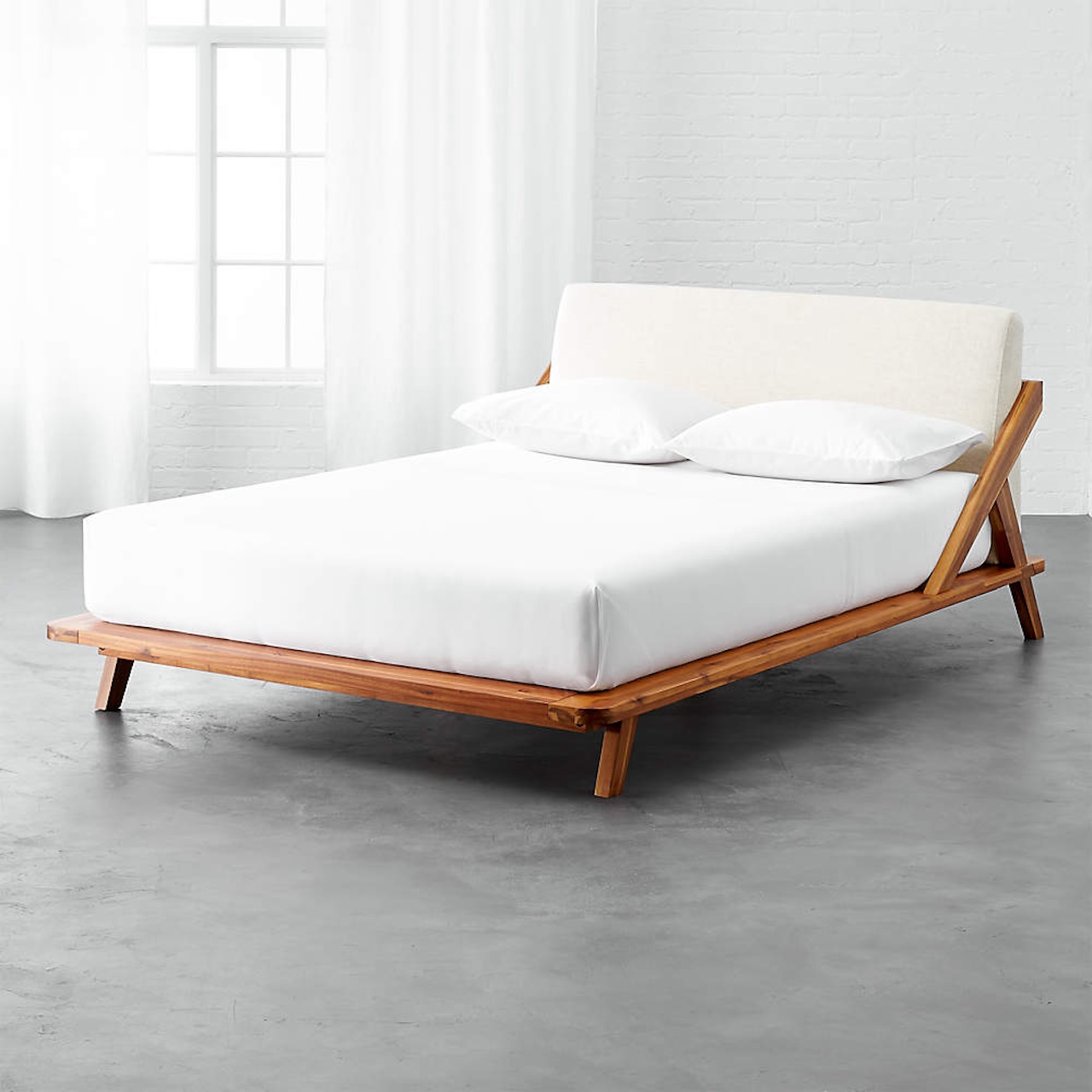
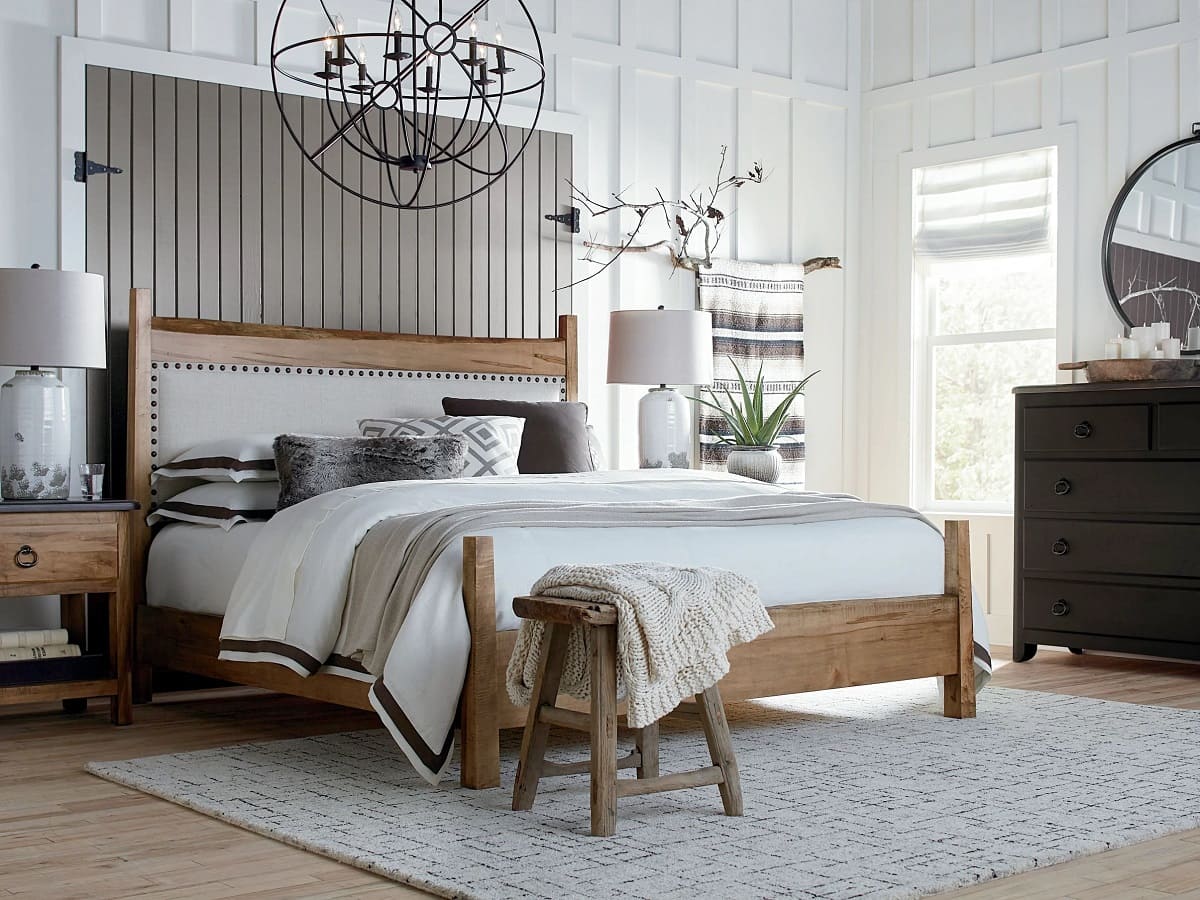
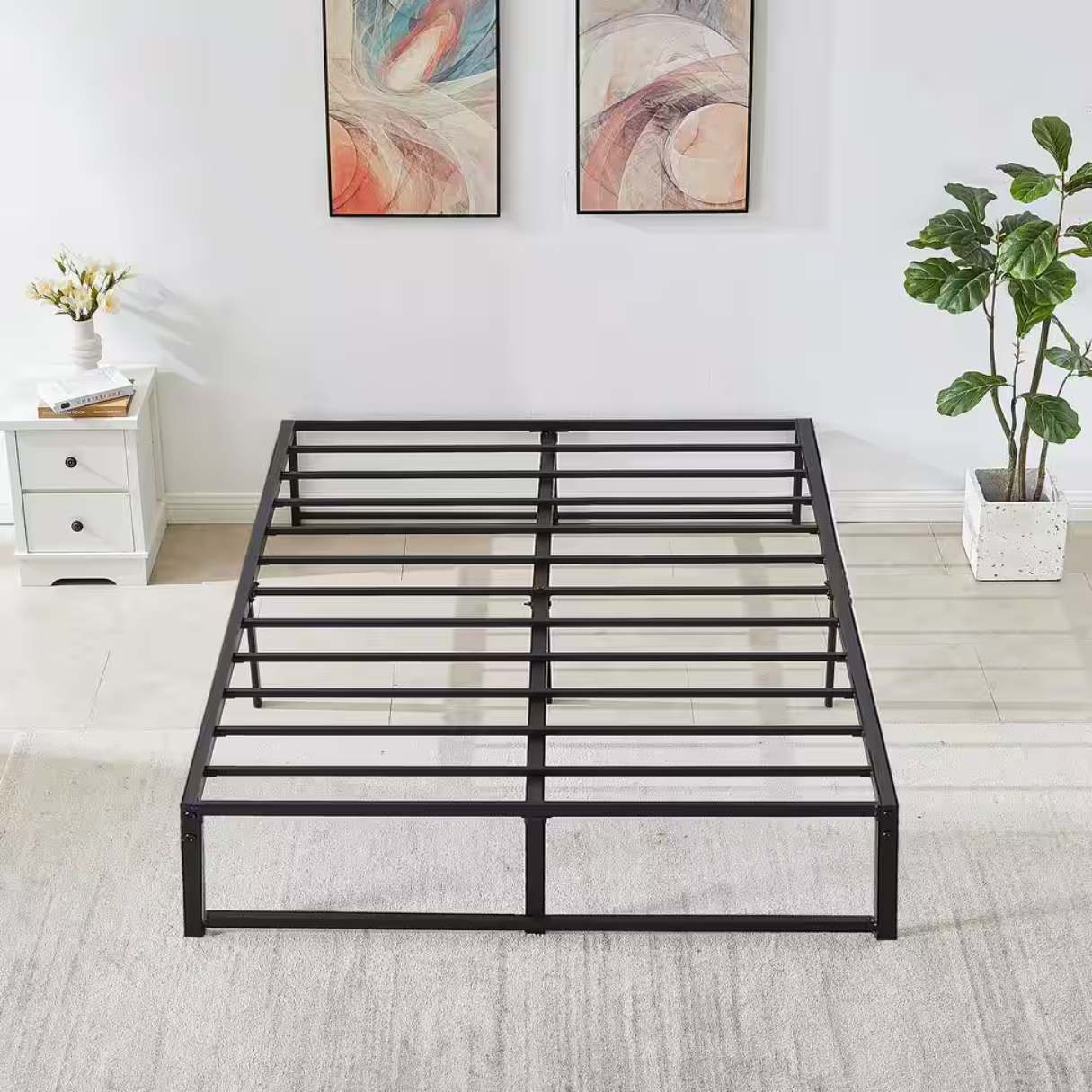

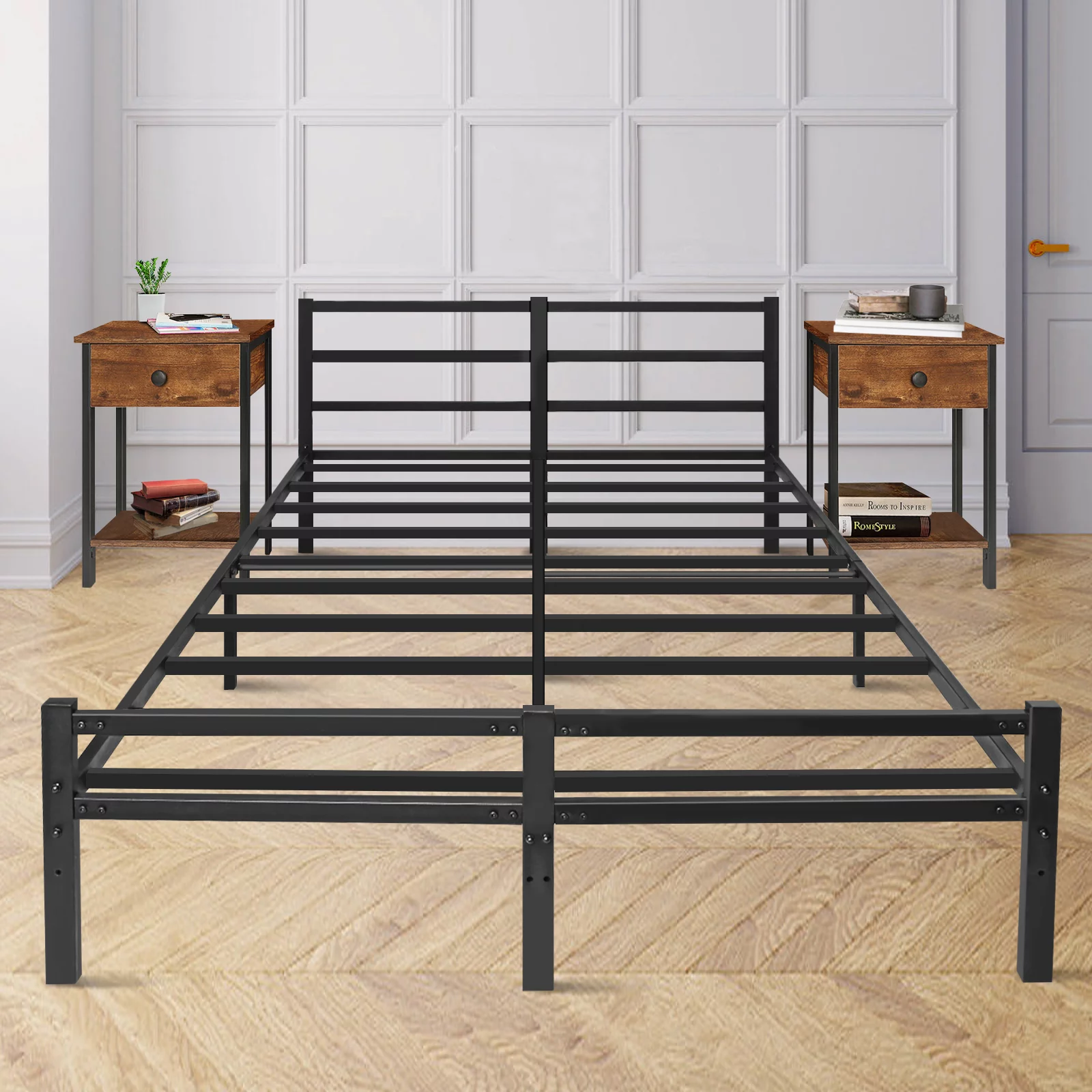
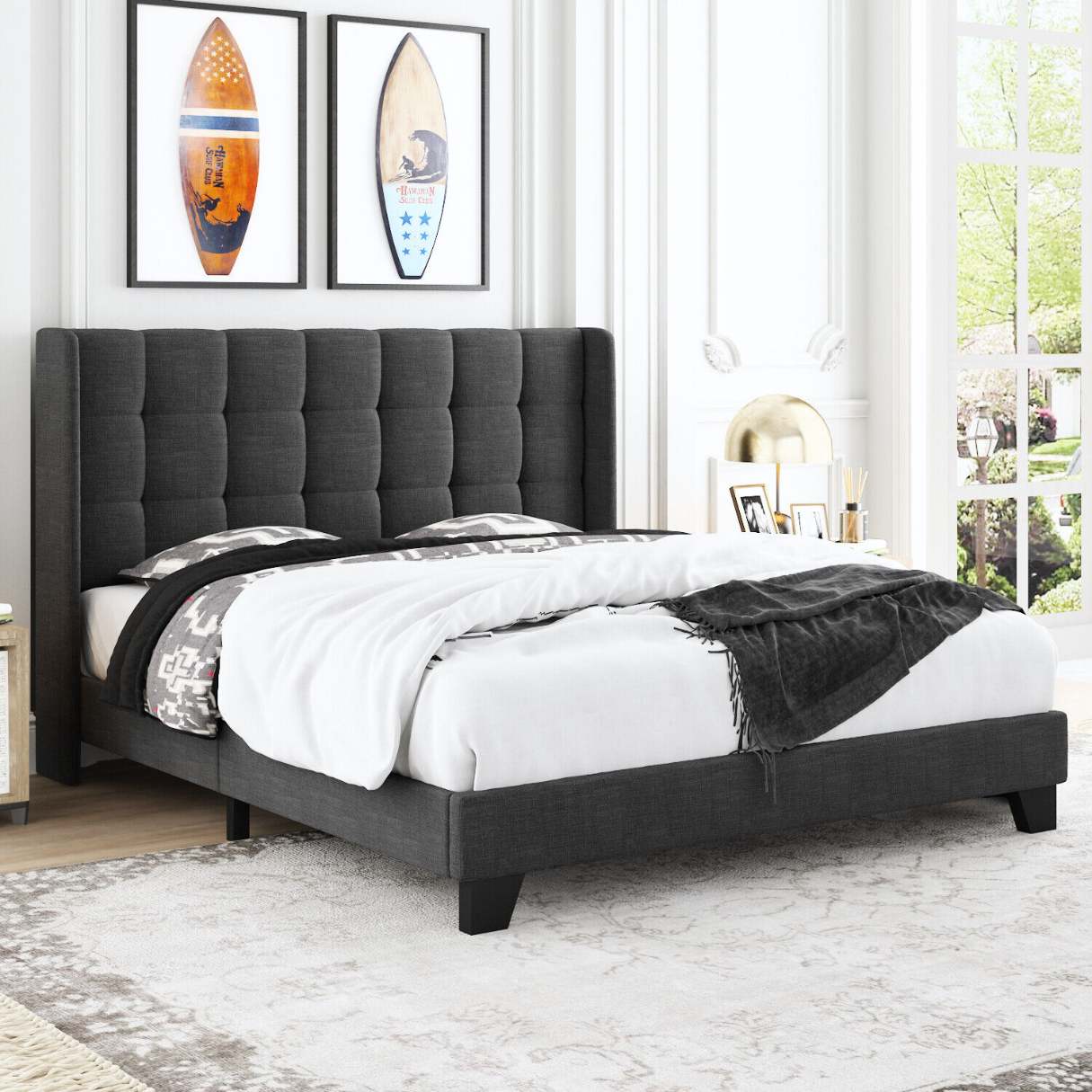
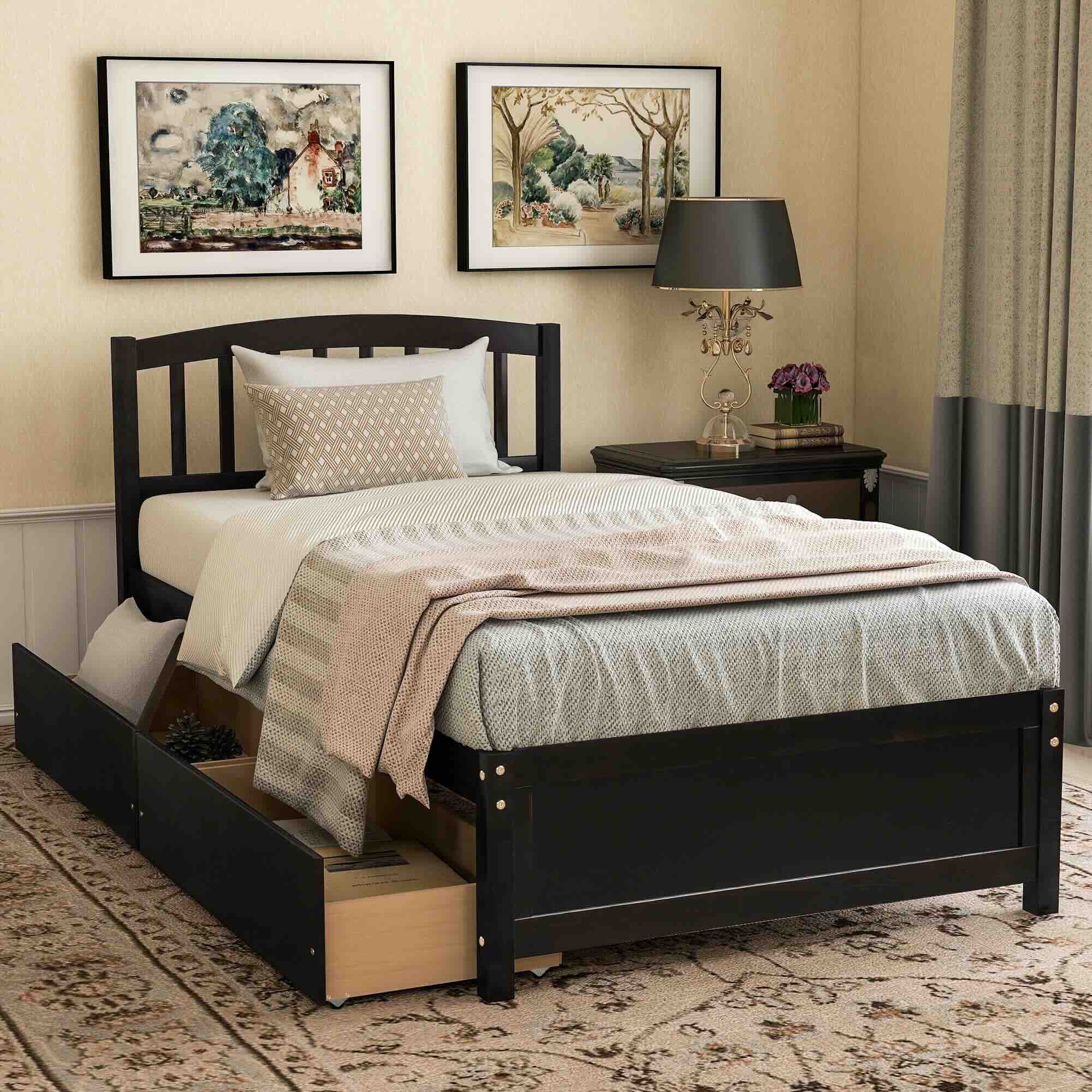
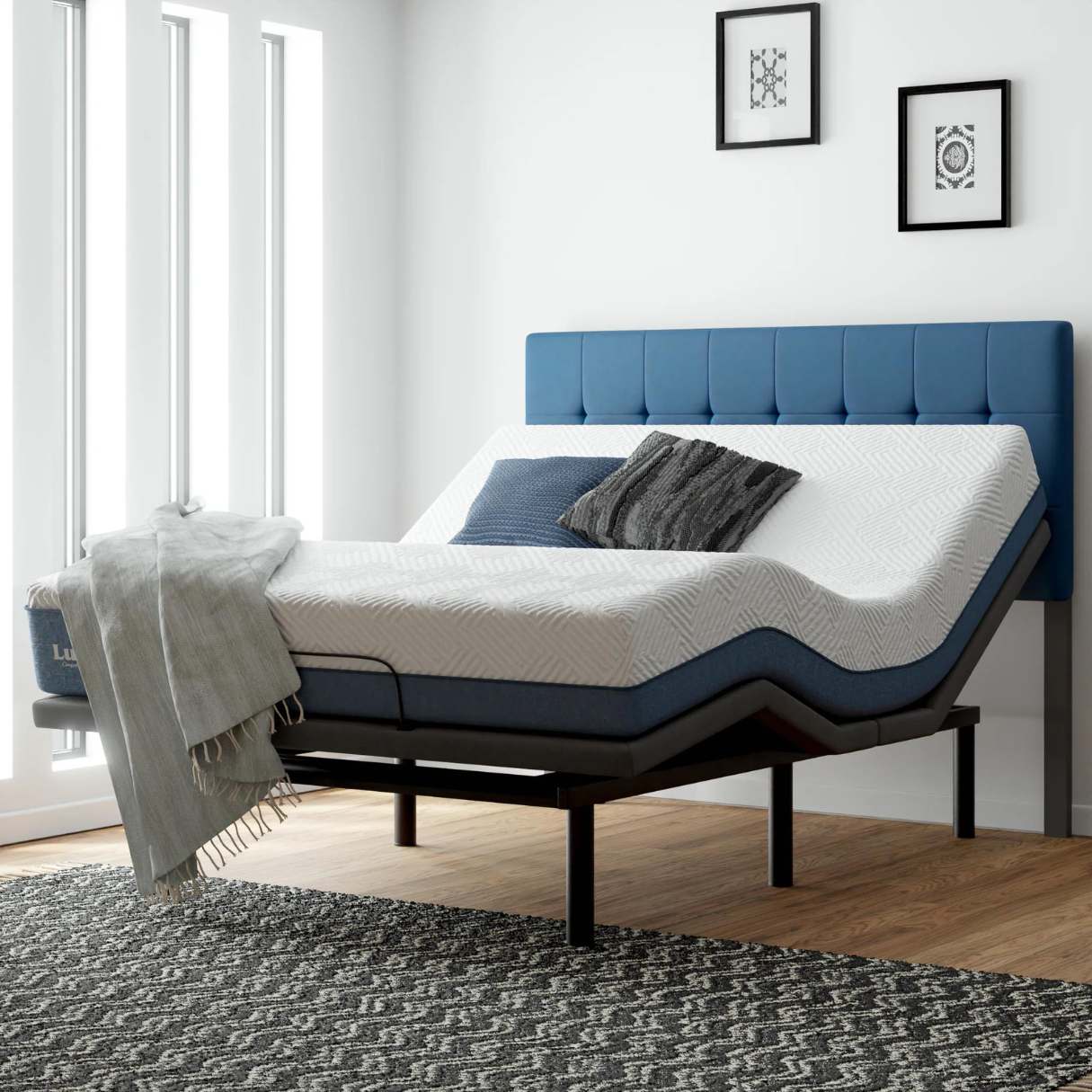
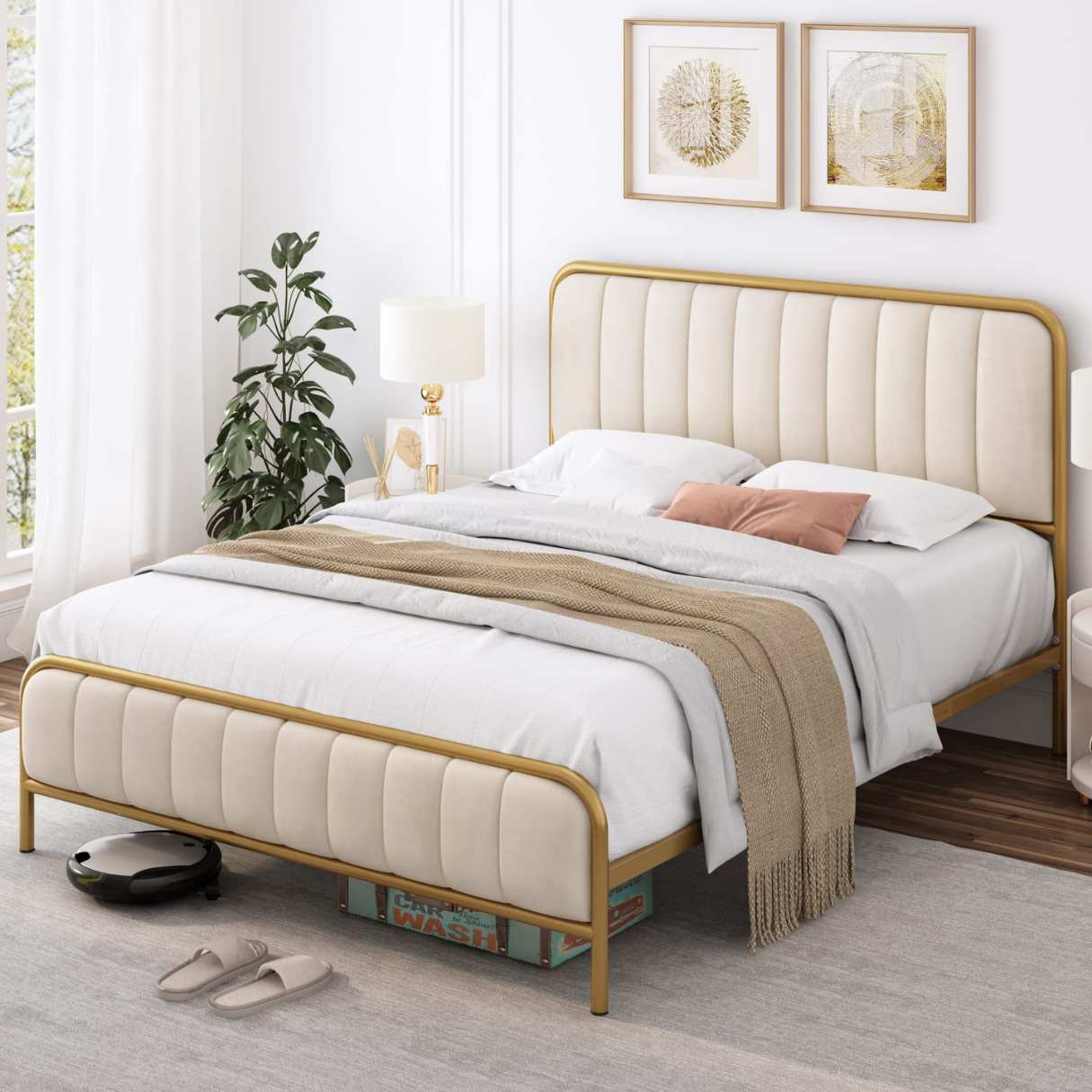
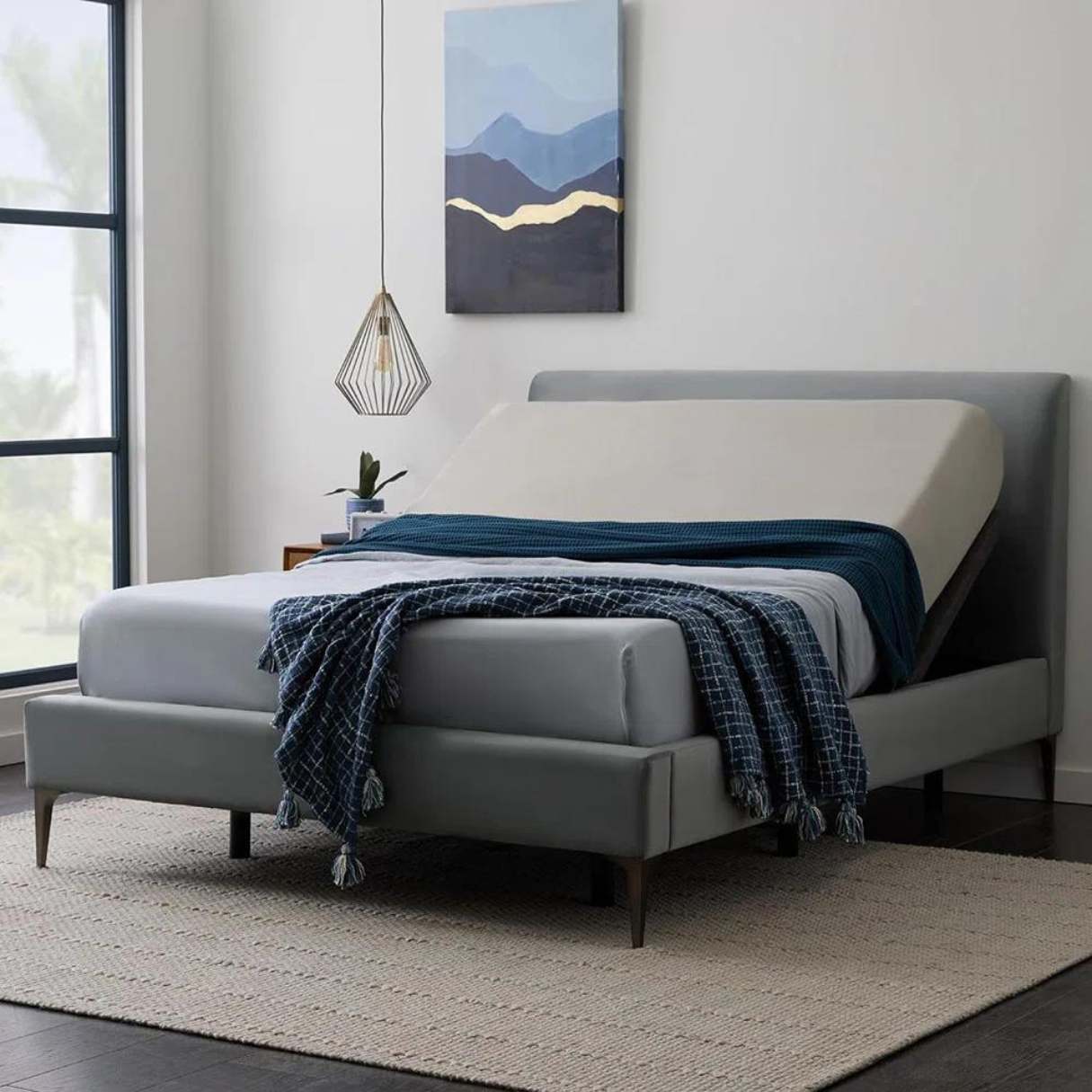
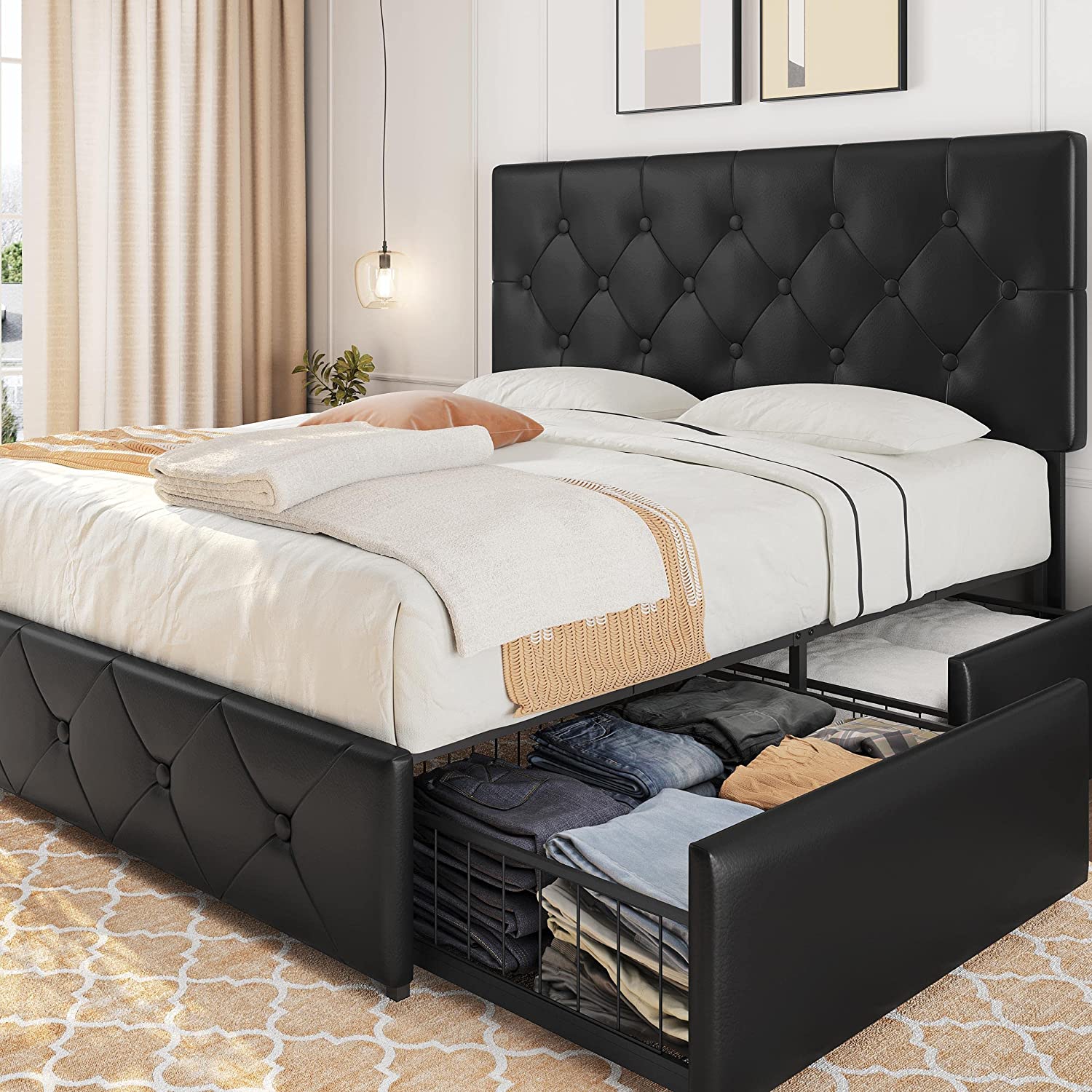
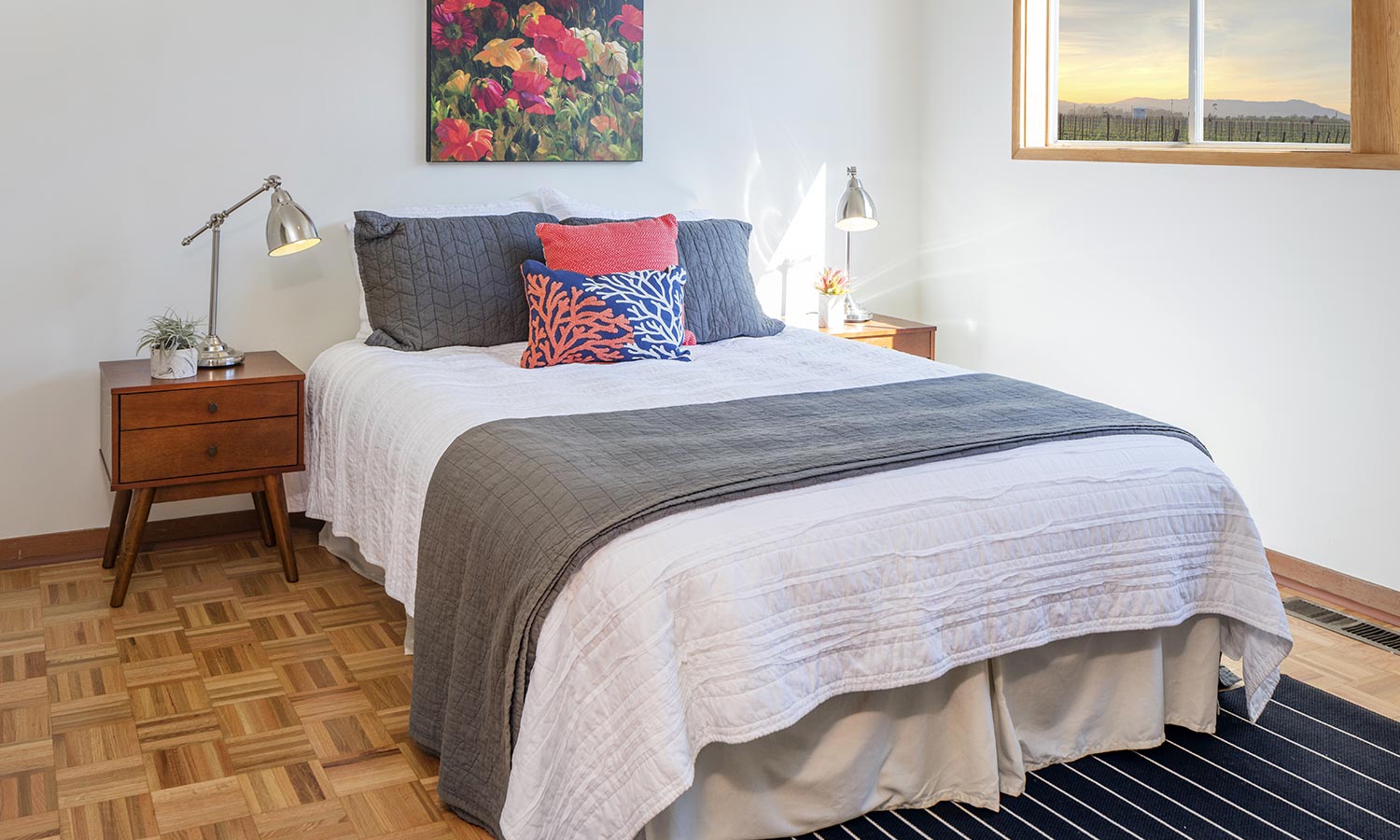
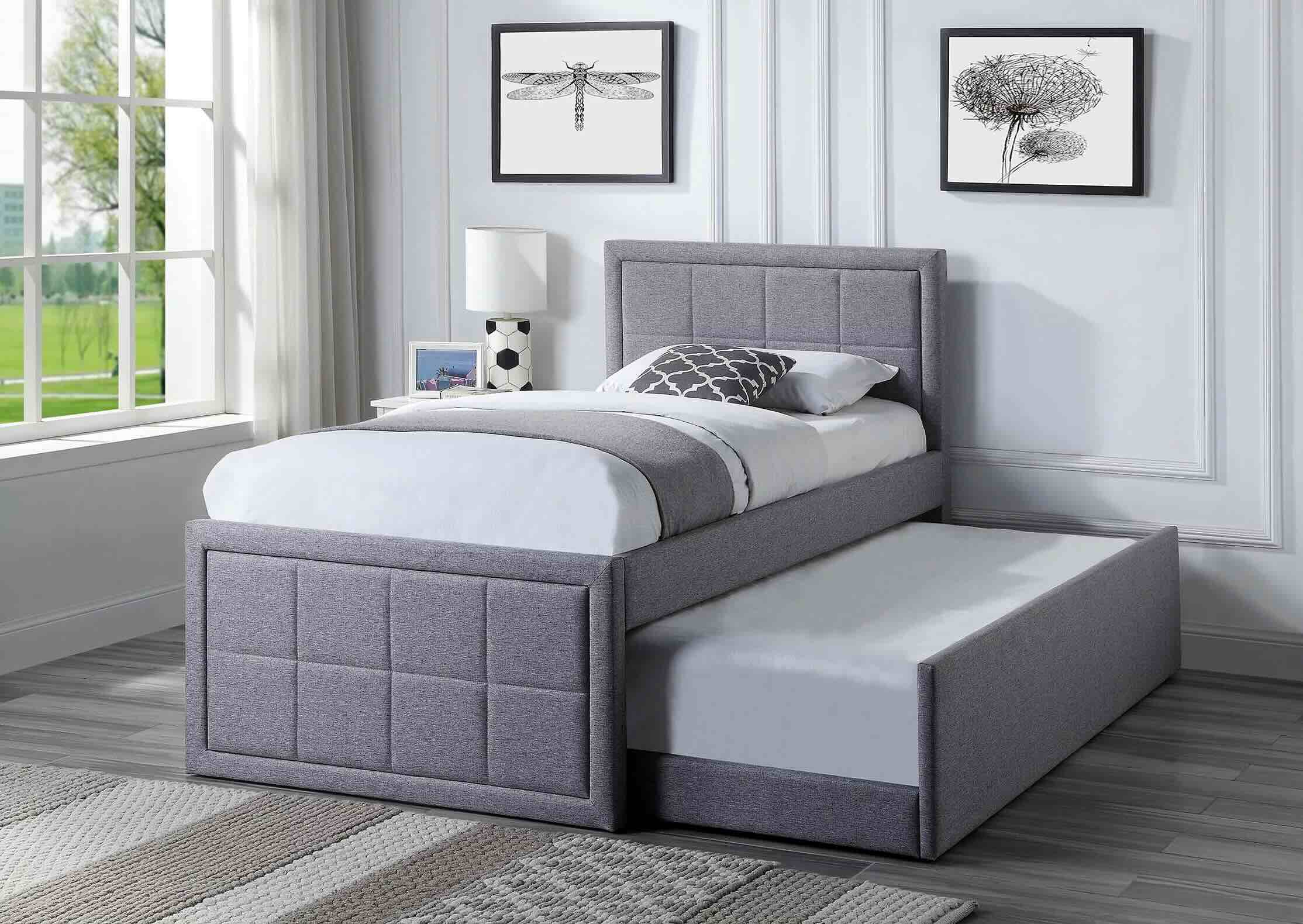
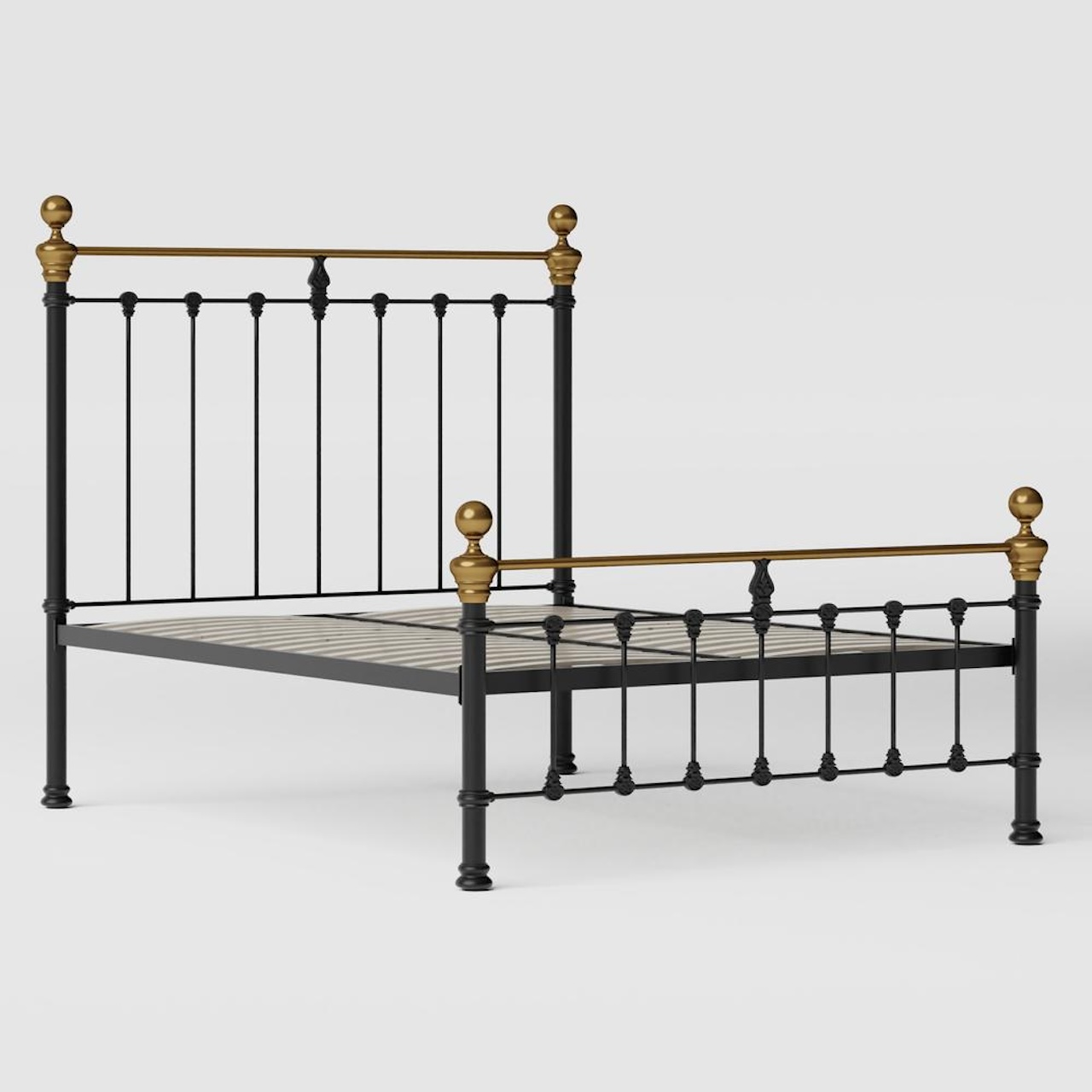

0 thoughts on “What Are The Dimensions Of A Full Bed Frame”